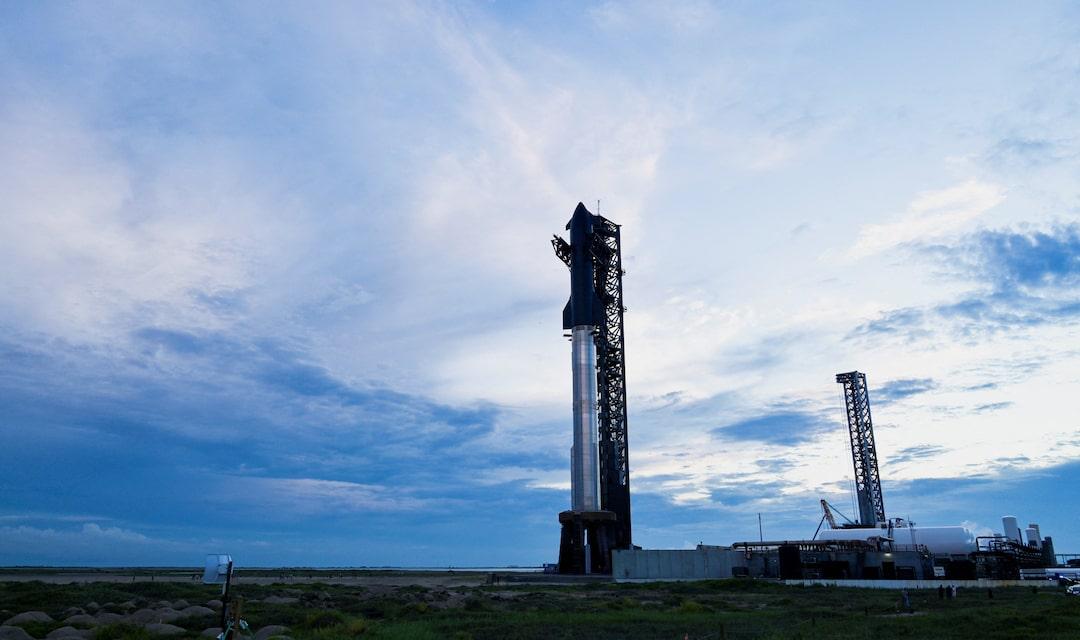 Image Source: Reuters
Image Source: Reuters
SpaceX is preparing to launch its colossal Starship rocket from its Starbase facility in South Texas, marking the 10th integrated test flight of the spacecraft. This critical mission comes at a pivotal time, following three explosive failures that underscored the challenges of developing the world's most powerful rocket, which aims to revolutionize space travel with full reusability and interplanetary missions.
Key Highlights: Overcoming Dramatic Failures to Reach New Heights
The upcoming test flight, tentatively scheduled for the evening of August 24, 2025, aims to accomplish flight milestones that previous test attempts could not complete due to premature explosions.
Since January 2025, the current Starship generation has seen mixed outcomes: from reaching orbital velocity for the first time to spectacular failures during landing attempts.
SpaceX’s last successful booster recovery was in October 2024, when Starship’s Super Heavy booster was caught by the launch tower arms, a historic engineering achievement signaling progress toward reusability.
Despite setbacks—including a June 2025 explosion on the test stand and an explosive failure over populated regions—SpaceX has continued pushing aggressively with plans to conduct up to 25 launches annually, up from just five previously authorized.
Mission Profile and Technical Challenges
The test will see an uncrewed Starship perform an hour-long flight following suborbital trajectories similar to prior attempts, including stage separations, engine burns, and controlled reentry.
A key focus remains demonstrating controlled landings and recovery of both stages, critical to SpaceX’s goal of making spaceflight economical through reusability.
The rocket stands at roughly 400 feet fully assembled, representing the largest and most powerful launch vehicle ever built, designed to carry humans and cargo to the Moon, Mars, and beyond.
Technology breakthroughs on in-space rendezvous, refueling, and landing precision continue to be tested alongside flight performance.
NASA and Industry Perspective
NASA has selected Starship as the lander for the Artemis 3 Moon mission planned by 2027, positioning this program at the forefront of lunar and Mars exploration strategies.
Janet Petro, former acting NASA administrator, expressed strong confidence in SpaceX’s commitment and potential despite the difficulties.
Industry experts acknowledge SpaceX’s innovative engineering but caution on the complexity of overcoming “laws of physics and finance” inherent in such a groundbreaking endeavor.
Future Outlook and Stakes
The upcoming flight’s success or failure will hugely impact SpaceX’s timelines for commercial crewed missions and future Mars colonization aspirations.
Approval of more frequent launches and easing of regulatory hurdles, supported by recent government executive orders, provide favorable conditions for accelerated testing.
SpaceX CEO Elon Musk’s ambitious timelines envision Mars missions in the next several years, spotlighting Starship as the linchpin of humanity’s interplanetary ambitions.
Conclusion
As SpaceX prepares its Starship for another high-stakes test flight, the aerospace community watches closely. Each launch embodies a gamble with rocket science and entrepreneurship at a scale seldom seen before. Overcoming explosive failures toward flawless reusability, Starship promises to transform space exploration and may one day enable human footprints on Mars. This mission is more than a test—it is a defining moment for the future of space travel.
Sources: SpaceX, NASA, Reuters, SpaceFlight Now, Space.com, Bloomberg
Advertisement
Advertisement




